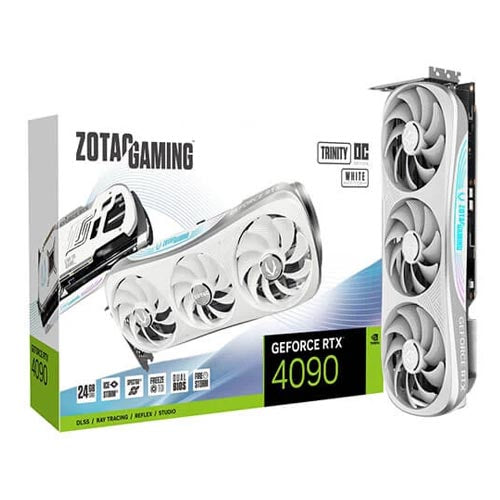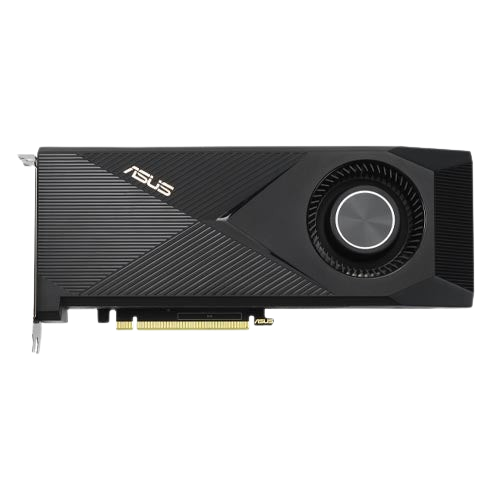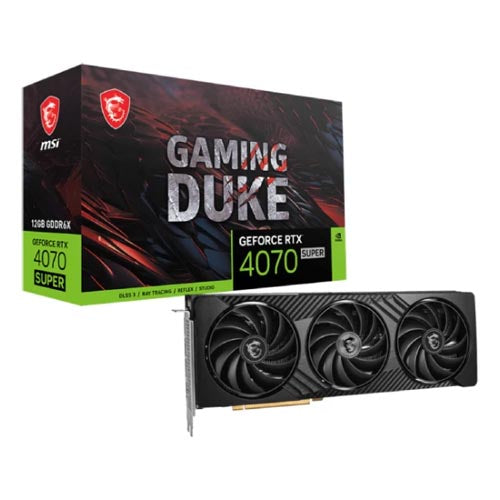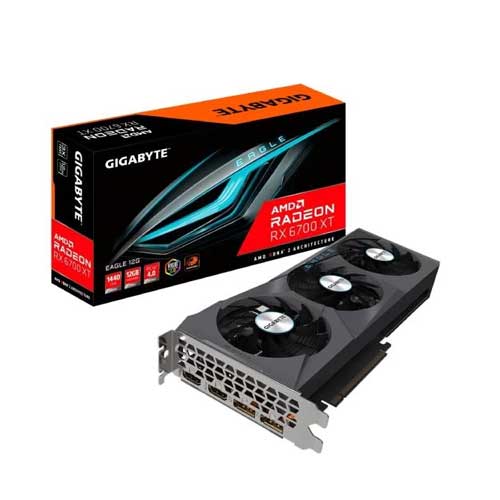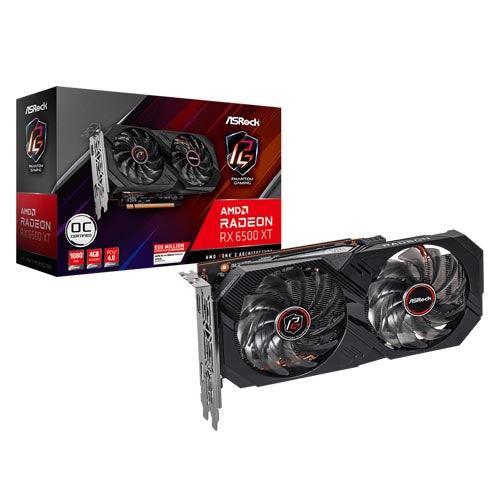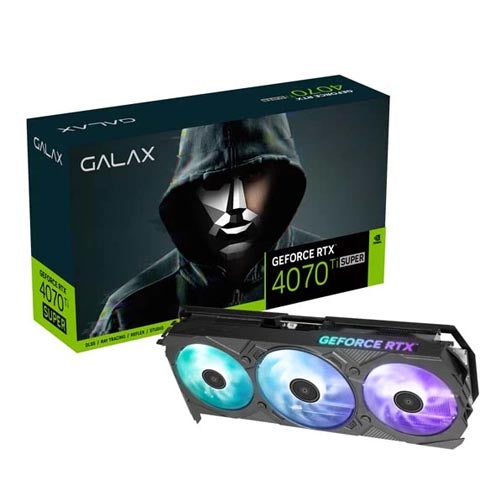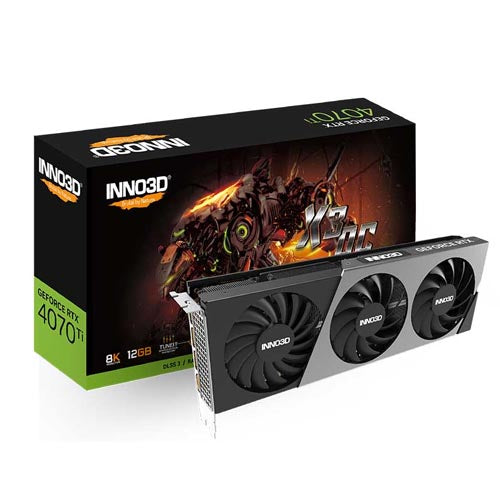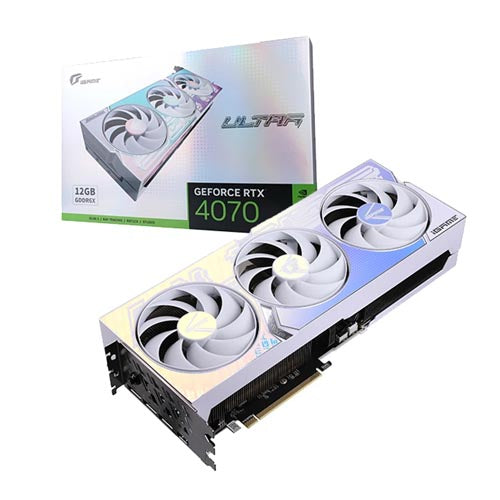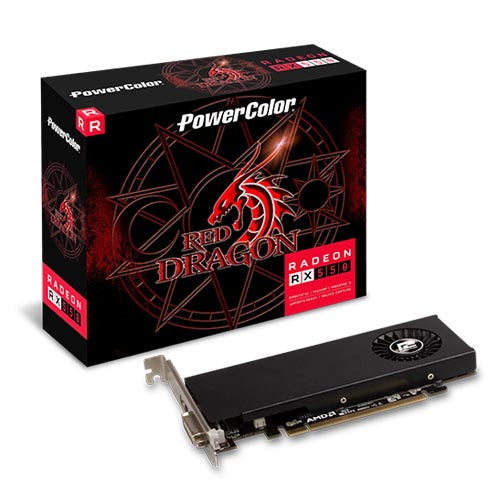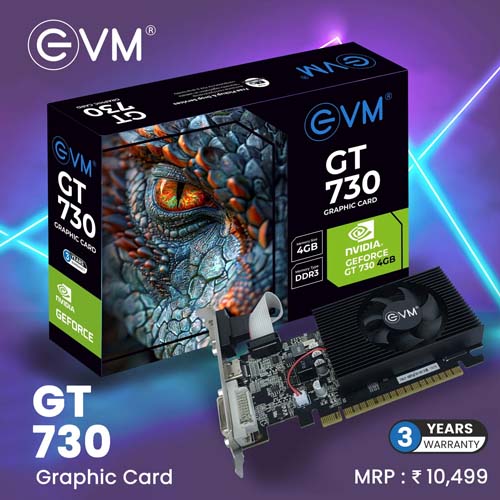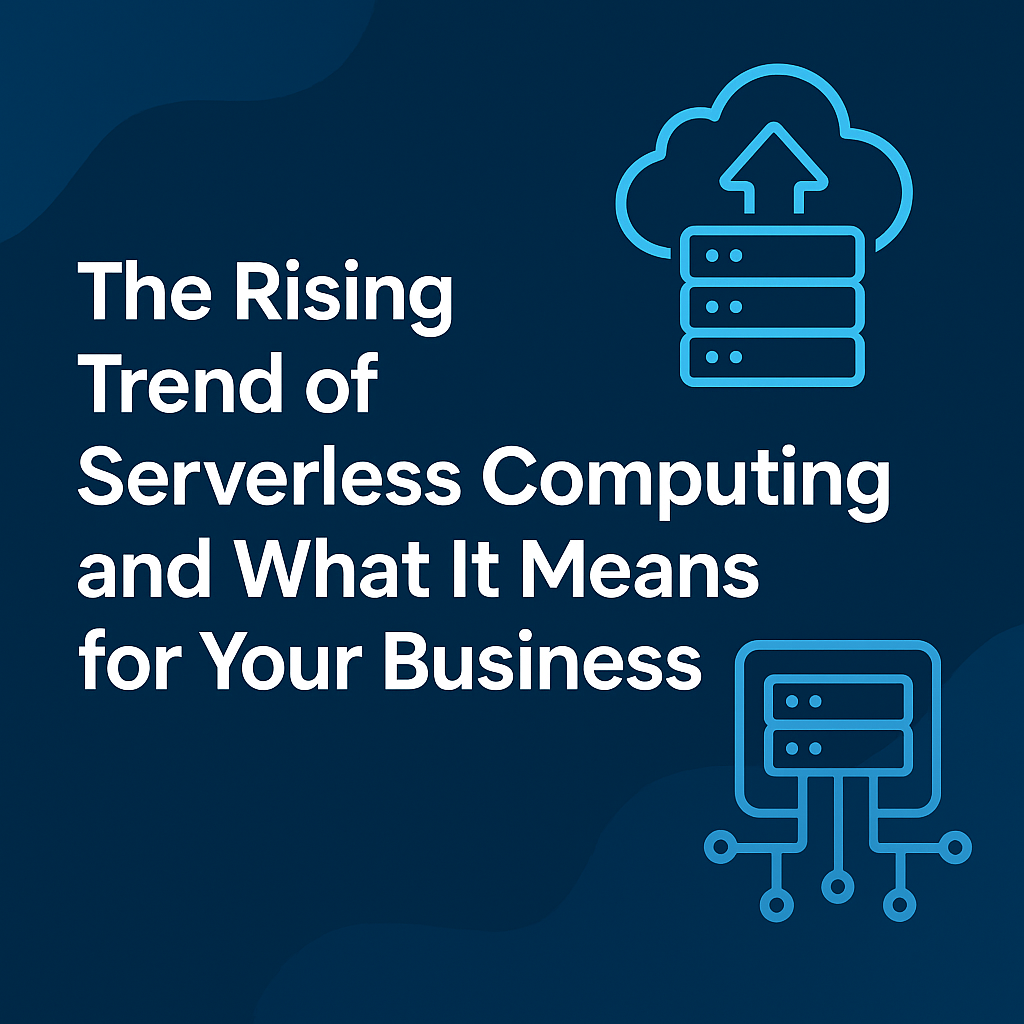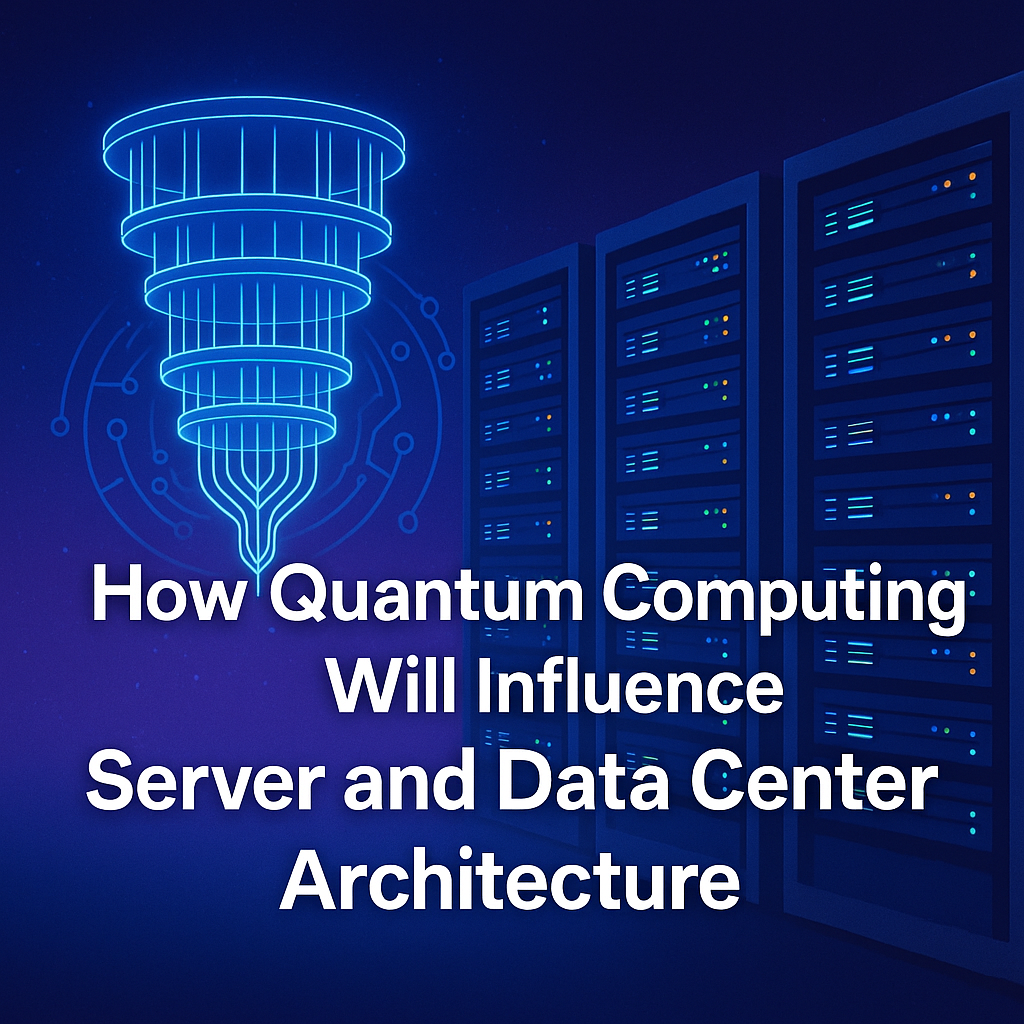
In the world of creative agencies, time is a critical resource. When deadlines are tight and clients expect flawless results, your hardware can make or break a project. Whether it’s rendering a 3D animation, editing 4K video footage, applying complex visual effects, or managing huge design files, every second of processing time matters.
Unlike generic office setups, creative agencies need workstations specifically tailored for high-performance creative workflows. This blog explores the technical factors that should guide your decision when choosing a workstation for design, animation, video production, or multimedia projects.
Understanding Creative Workloads: Not All Projects Are Equal
Creative workloads are diverse. A graphic designer editing high-resolution PSD files has different needs than a VFX artist running GPU-based simulations.
Here’s a breakdown of typical workloads at creative agencies:
-
Graphic Design: Vector illustration, photo editing, layout design.
-
Video Editing: Non-linear editing of HD, 4K, or even 8K footage with color grading and effects.
-
3D Modeling and Rendering: Scene creation, lighting, texturing, animation rendering.
-
Motion Graphics and Visual Effects (VFX): Real-time previews, complex compositing, physics simulations.
-
Audio Production: Multi-track editing, mixing, mastering.
Before buying any workstation, sit down with your team and map out what types of projects they handle most frequently. This will help prioritize components like CPU, GPU, memory, and storage.

Processor (CPU): The Brains Behind the Creativity
The CPU is the heart of your workstation. It determines how quickly your software can render, encode, or process files.
For creative agencies, look for CPUs with:
-
Multiple cores and threads for parallel processing tasks like video rendering.
-
High single-core clock speeds for tasks like Photoshop effects or Illustrator rendering.
Recommended CPUs:
-
For 3D rendering and video encoding:
AMD Ryzen Threadripper, Intel Xeon, or high-core-count Intel Core i9 models. -
For design and light editing work:
AMD Ryzen 9 or Intel Core i7/i9 with high boost clocks.
Creative software like Adobe Premiere Pro, After Effects, or Blender often utilizes multi-threaded rendering, making core count a key performance factor.
Memory (RAM): Smooth Multitasking Without Lags
Creative applications like Adobe After Effects and DaVinci Resolve are notorious for consuming huge amounts of RAM—especially when working with large projects or high-resolution timelines.
Why it matters:
-
More RAM allows your workstation to hold larger datasets in memory, avoiding slow disk paging.
-
It lets you run multiple applications simultaneously—say, Premiere Pro alongside Photoshop and Illustrator.
General RAM Recommendations:
-
32GB: For small design teams and light video editing.
-
64GB–128GB: For 4K video editing, complex motion graphics, or multi-layer compositing.
-
256GB or more: For advanced 3D rendering farms or large-scale animation projects.
For maximum reliability during long renders, consider ECC (Error-Correcting Code) RAM, especially for mission-critical environments.
Graphics Card (GPU): Rendering and Real-Time Playback Powerhouse
When it comes to video editing, 3D rendering, VFX, or GPU-accelerated design tools, your GPU is arguably the most important component after your CPU.
What the GPU handles:
-
Real-time video playback.
-
Rendering 3D scenes.
-
Applying GPU-accelerated effects in software like After Effects, Resolve, or Cinema 4D.
-
AI-driven tools for noise reduction, upscaling, or color correction.
Recommended GPUs:
-
NVIDIA RTX 4070/4080/4090: Perfect for most creative agencies doing video editing, animation, or 3D design.
-
NVIDIA RTX A5000/A6000 (Workstation Class): Ideal for larger agencies handling VFX or heavy 3D projects.
-
AMD Radeon Pro Series: Reliable for CAD, 3D visualization, and color-critical design.
For real-time rendering engines like Octane, Redshift, or Unreal Engine, CUDA core count and VRAM capacity become essential.
Storage: Speed Meets Capacity
Creative projects demand fast and spacious storage. Lag while scrubbing through a timeline or waiting for file transfers can kill productivity.
Storage considerations:
-
NVMe SSDs for your operating system and active project files.
-
Secondary SSDs or RAID configurations for scratch disks and ongoing project storage.
-
Large HDD arrays (or network-attached storage) for long-term file archiving.
For agencies working with RAW video footage or 3D assets, aim for at least 1TB of fast SSD storage and additional bulk storage of 4TB or more.
Tip:
Set your editing software to use SSDs for cache and previews for quicker rendering.
Display and Graphics Output: Color Accuracy is Non-Negotiable
When creating visual content, what you see is what your client will get. Color inaccuracies or poor display resolutions can ruin design approvals or print outputs.
Technical considerations:
-
Support for 10-bit color depth for HDR and color grading.
-
Multiple DisplayPort or Thunderbolt outputs for dual or triple monitor setups.
-
Ensure GPU color profiles align with industry standards (sRGB, Adobe RGB, DCI-P3).
Professional creative agencies should invest in color-calibrated IPS or OLED monitors and regularly recalibrate them with tools like X-Rite i1Display Pro.
Thermal Management: Stay Cool Under Pressure
Rendering, editing, and multi-layered project work can heat up your hardware fast.
For sustained performance:
-
Choose workstations with liquid cooling or high-end air coolers.
-
Opt for cases with proper airflow and dust filters.
-
For larger teams or render farms, consider rack-mounted solutions with controlled ventilation.
Heat buildup not only throttles performance but also reduces component lifespan.
Software Compatibility: ISV Certification Matters
Buying high-end hardware is useless if your core creative software doesn't play well with it.
Look for ISV (Independent Software Vendor) certifications for software like:
-
Adobe Creative Cloud
-
Autodesk Maya
-
DaVinci Resolve
-
Cinema 4D
-
Avid Media Composer
Certified hardware ensures optimized drivers, stability during rendering, and vendor support in case of issues.
Expandability and Future-Proofing: Growing with Your Agency
Creative workloads grow fast. Today’s 1080p project becomes tomorrow’s 4K, then 8K.
Future-proof your investment by ensuring:
-
Extra RAM slots for memory upgrades.
-
Multiple PCIe lanes for future GPU or storage expansions.
-
Spare drive bays for additional SSDs or HDDs.
-
Thunderbolt ports for external storage or high-speed peripherals.
The goal is to buy a workstation that can scale with your agency’s creative demands for at least 3–5 years.

Conclusion: Invest in Tools That Empower Creativity
In the fast-paced world of creative production, hardware is more than a tool—it’s your competitive advantage. High-performance workstations reduce render times, prevent project bottlenecks, and allow your team to experiment, create, and deliver without technical frustrations.
By carefully matching your workstation’s CPU, GPU, memory, storage, and cooling to your agency’s unique creative workflows, you’re setting your team up for efficiency, quality, and creative freedom.
"Great creative work starts with great creative tools. Equip your agency to create without limits."
